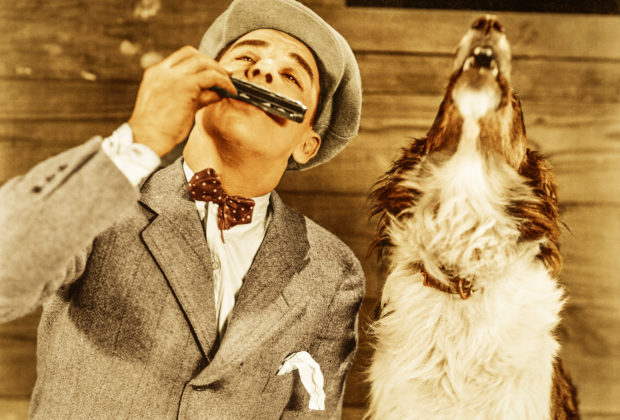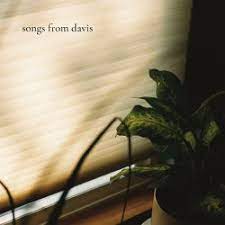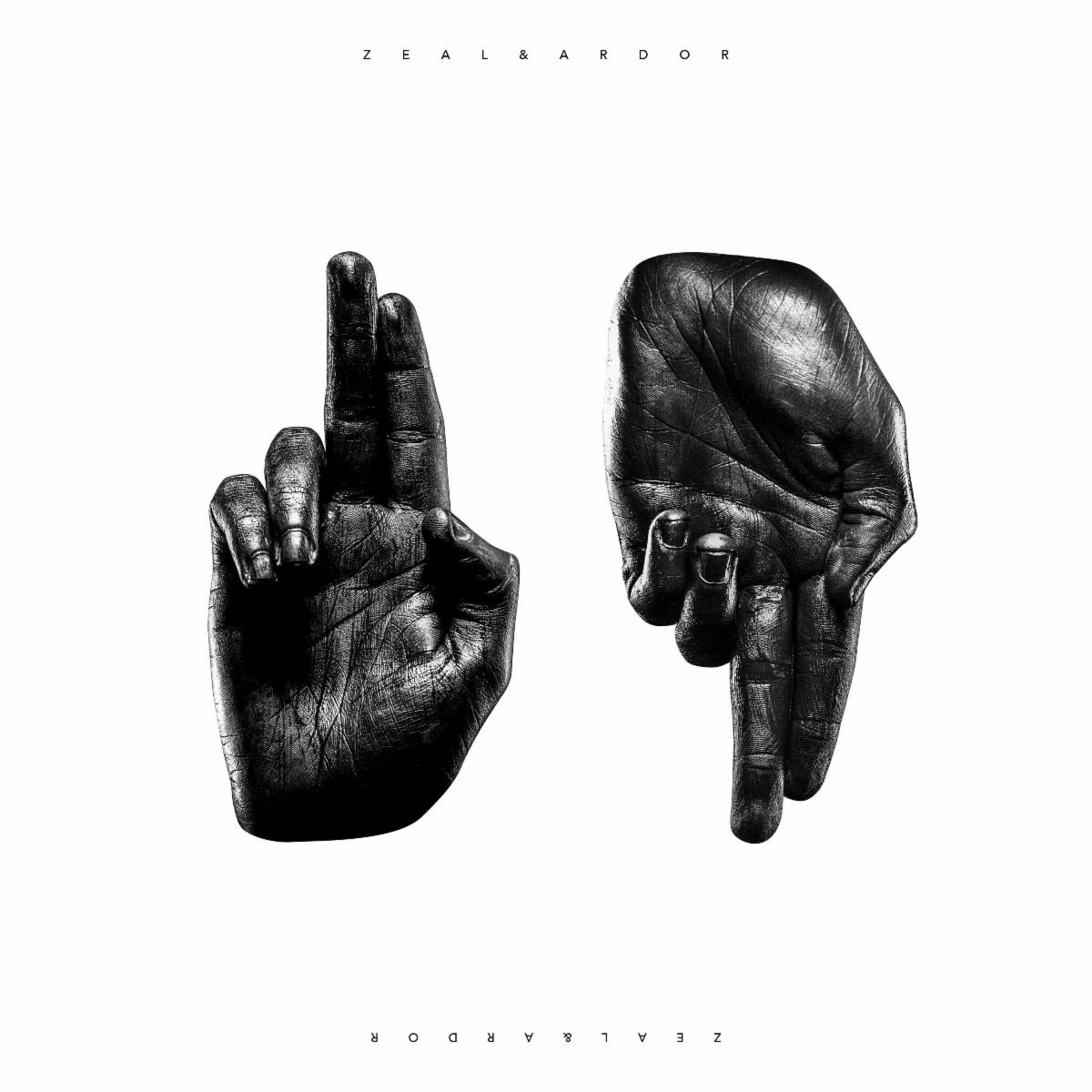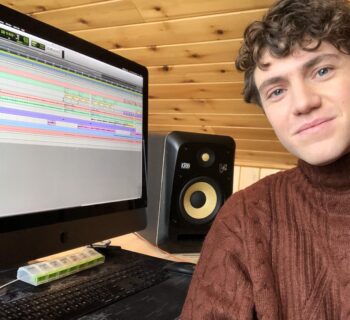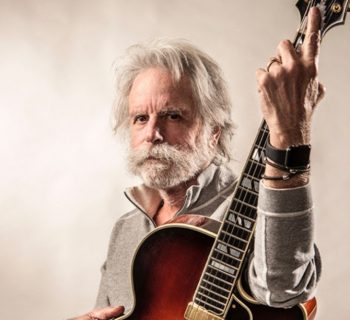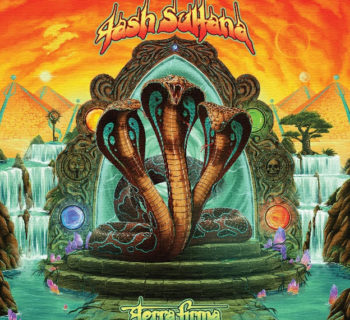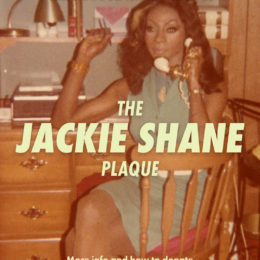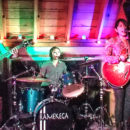Our society likes to promote a certain denial. Independence is seen as a noble badge of honor. The jack-of-all-trades, unless they’re a master of none, is admired. But, like many creatures of this earth, we are communal beings. We function best interdependently, as much as some would like to see themselves as lone wolves. Even the survivalist uses tools and information from others that came before, unlike the solitary mountain lion living off of nature.
To view this idea in terms of music, I’ll use the established industry in Nashville as an example. In Nashville, most people specialize in one area. They are either a session/live player, a producer, an audio engineer, an artist, a songwriter, or one of many people on the business side. Sure, there are plenty who are doing multiple things, but the people who are making their living in music commonly have one role that is more dominant. People with different specializations all contribute their skills and experience to projects. Nearly all of the widely heard music that makes it to your ears is the result of organized cooperation rather than one person trying to do everything. Our success in music when we collaborate is undeniable.
Getting Over Ourselves
One marked difference between music amateurs and professionals is that professionals accept their own strengths and weaknesses. They’ve gotten over the fact that maybe someone else can play a part, write a melody or lyrics, or produce better than they can. It’s a humbling experience to realize these things. But then, after people take an honest inventory of their skills and accept what is, that’s when the music’s potential really goes through the roof.
I, for one, have had consistent success from collaborating––working with others whose skills excel in areas where mine are functional, but not super solid. Piano is my first instrument, and I play the acoustic guitar, but I never really fell in love with it as an instrument. I play live, but I’m just not motivated to put in the heavy technical practice to play as cleanly and dead on as a session guitarist. So, on songs like my recent single, the upbeat rhythmic acoustic “So Good to Be Free,” I worked with Cheyenne Medders, a Nashville-based guitarist.
I wrote the song on the guitar, but for a recording that needed to be up to professional standards, I thought it was best to pool strengths with others. Cheyenne played the bass on the song, too. I added some light percussion and tracked my vocals, and voila, it was sounding good. Then, even though I have some knowledge and experience with mixing and mastering, I know that a pro engineer can get the song sounding radio-ready better than I can. So, I sent the tracks over to my longtime audio engineer, Jim Kissling. He sent back the finished master of “So Good to Be Free” that’s been streamed millions of times now all over the world.
Could I have gotten a product of this quality if I did everything myself? No way. Even before the recording, I had tweaked the song itself according to feedback from other songwriters I respect. Then, theoretically, I could have played the guitar part, added a virtual bass, mixed it and sent it off to a robot for mastering. However, I know the recording would not have turned out as well. I get a lot of compliments on this song, and it’s no doubt because the finished track was a collaboration of several people doing what they do best.
Co-writing Music
If you look at credits of popular songs in most genres, you’ll see that there is usually more than one songwriter. Writing songs with other people requires a certain emotional maturity. You need to be able to give and take. It’s been said that co-writing is like dating. You have to find the right chemistry.
When it’s right, it’s right, and when it’s wrong, it’s wrong, and you just know you don’t vibe with somebody. Often, it’s not a personality thing, but rather a question of whether people are on the same page musically.
A lot of people out there say that they like “all genres,” but at the end of the day, everybody has a slant toward something. One musician I’ve worked with, John Patrick Peters, does a beautiful job playing my songs even though his heart is in traditional jazz. You can hear his guitar playing on “Hey Mr. Sunshine.” Knowing yourself and the genres you lean toward are important in musical compatibility. The styles of a jazz player and I mesh successfully because blues, jazz, and soul are what I connect with at my core. My pop-type songs have roots of those genres.
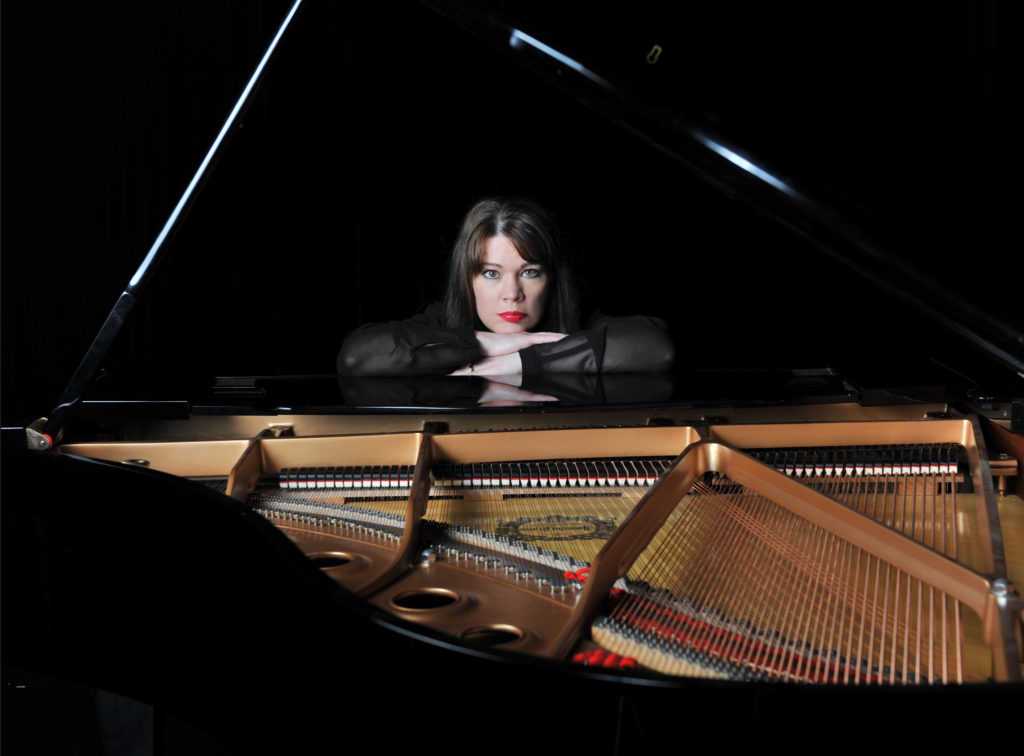
Predhomme
Alternatively, musical leanings are less important with lyricists, because lyrics tend to have universality about them. When people are co-writing lyrics and/or music, they have to keep their egos in check enough to be able to recognize the better idea, even if it’s not theirs. The song is king, and great songs come from writers who’ll do what it takes to get a truly great song.
People get attached to their own ideas, but sometimes other people’s opinions or contributions are simply better, and giving in and changing it would improve the song. It can be difficult at first, but collaborating gets easier the more you do it, and you see it’s not a contest of “who’s better.” You know that you’re serving the song, bowing down to get the best product that can be created.
An example of give and take is something I’ve experienced with a longtime collaborator, Brett Lucas. Brett has contributed to and produced some of my songs, most recently, “Warmest Wish for You.” When he has an idea that he thinks could improve a song, he makes it clear that there’ll be no hard feelings if his ideas aren’t incorporated. That makes working together easy, and the songs turn out great.
Yet another way of co-writing is the old-school Rodgers & Hammerstein, Elton John and Bernie Taupin way––where one person writes lyrics and the other music. This was the method used to write “Christmas Time with You,” the song of mine that opens the Hallmark film “Christmas on Honeysuckle Lane.” For this song, I just did the music and production. The words came from lyricist Paul Robert Thomas, a collaborator across the pond in the U.K. Again, flexibility is everything. I appreciated that Paul was okay with me modifying a few lines to fit the rhythmic meter of the music.
In the end, collaboration is all about working with people you trust, and then trusting them. It’s about letting your ego take a back seat and realizing that maybe your ideas or skills aren’t always the absolute best, and other people’s strengths can make the music better. We are stronger together than alone.
Singer-songwriter ANGELA PREDHOMME’s music has been heard by millions through television, film, radio and streaming. Her soulful songs have been featured in the popular Hallmark movie Christmas on Honeysuckle Lane” Lifetime’s hit show Dance Moms, commercials for ING Bank and Fiat, and more. See angelapredhomme.com; facebook.com/angelapredhomme

